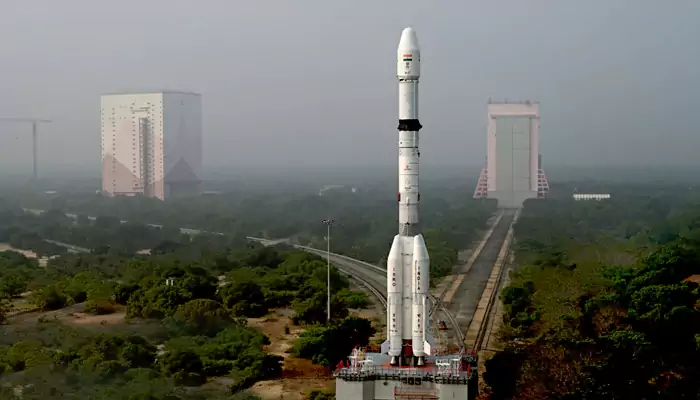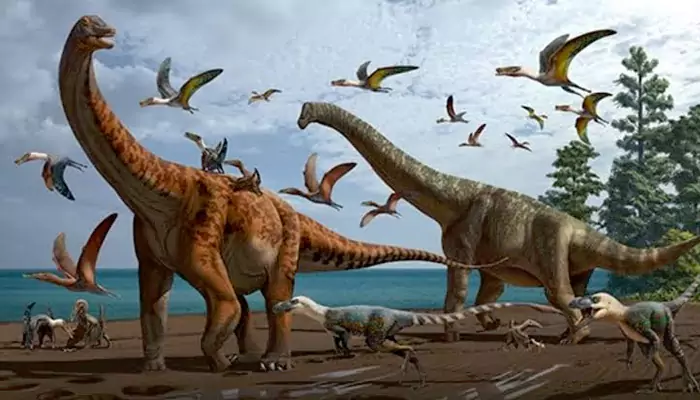
Here are today’s most important updates from the realm of Science and Space.
Earth's biggest mountains, more than 100 times taller than Mount Everest, have been discovered on the boundary between Africa and the Pacific Ocean. As per the groundbreaking research, the two peaks lie deep beneath the Earth's surface and reach heights of around 1,000 km, far bigger than the 8.8 km height of Mount Everest. Researchers estimate that the mountains are at least half a billion years old but could date back to the formation of Earth four billion years ago. These two monstrous structures sit on the boundary between Earth's core and the mantle, the semi-solid area beneath the crust.
🗻 Iceberg visible from space puts South Georgia Island, wildlife in danger
— Anadolu English (@anadoluagency) January 23, 2025
➡️ One of world’s oldest and largest icebergs, A23a is on move, risks grounding and breaking apart pic.twitter.com/9ieL2fz3Ec
(Credit - X/@anadoluagency)
A23a, the world's largest iceberg, weighing more than one trillion tons, is set to collide with a remote British island off Antarctica, according to a BBC report. Measuring nearly 3,900 square km at its peak -- roughly three times the size of New York City, the "megaberg" is also visible from space. As per experts, the iceberg is now just 280 km away from the British territory and is expected to make contact in two to four weeks, depending on the currents. If the iceberg collides, its fragmented pieces could float around South Georgia uncontrollably for years, jeopardising the fate of king penguins as well as elephant and fur seals.

The Indian Space Research Organisation (ISRO) has rolled out the Geosynchronous Satellite Launch Vehicle (GSLV) on the launchpad with the NVS-02 Satellite, part of the Navigation with Indian Constellation (NavIC), scheduled to launch on January 29, 2025 from the Second Launch Pad (SLP) at Satish Dhawan Space Centre. The satellite will replace an older NavIC satellite, IRNSS-1E, and be positioned at 111.75°E in orbit. Meanwhile, this will be the eighth operational flight of the GSLV with an indigenous Cryogenic stage and the 100th Launch from India’s Spaceport Sriharikota.

Dinosaurs have long dominated the Earth's land ecosystems with a multitude of forms. But the origin of dinosaurs - precisely when and where they first appeared - remains a bit of a puzzle. Researchers are now proposing a surprising location for the birthplace of dinosaurs, based on the locations of the currently oldest-known dinosaur fossils. This locale spans the modern-day Sahara desert and Amazon rainforest regions, now separated by thousands of miles and an ocean thanks to a geological process called plate tectonics. The researchers said dinosaurs probably emerged approximately 245-230 million years ago, when these equatorial regions were extremely hot and dry. This was the aftermath of Earth's biggest mass-extinction event caused by extreme volcanism at the end of the Permian Period about 252 million years ago.